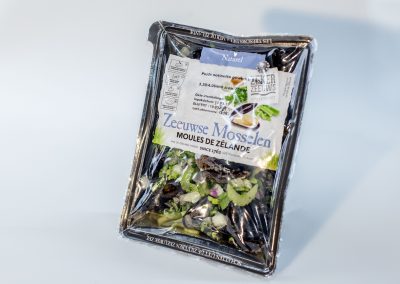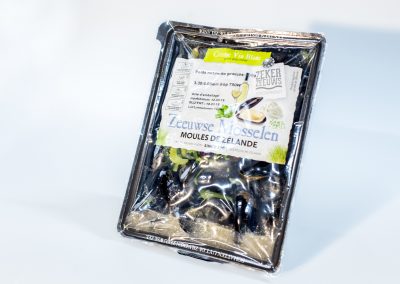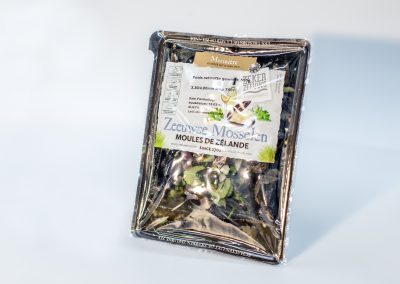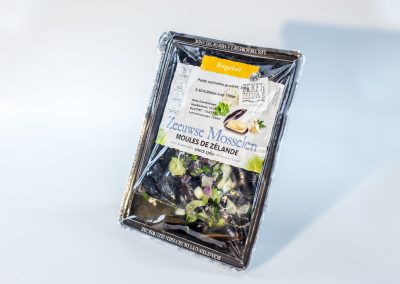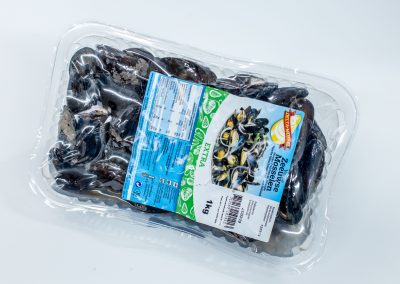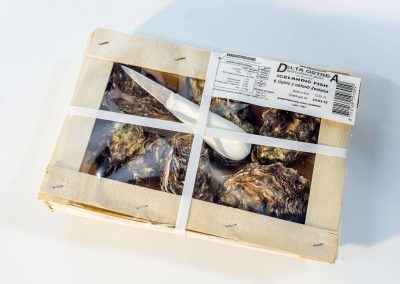MUSSELS & OYSTERS
OUR BREEDING GROUND
The pure waters of the Oosterschelde in Zeeland, The Netherlands offer an abundance of delicacies. In addition to the pure water, the soil of the Oosterschelde is hard and peaty, making it an ideal location for breeding grounds, especially for Mussels and Oysters.
MUSSELS
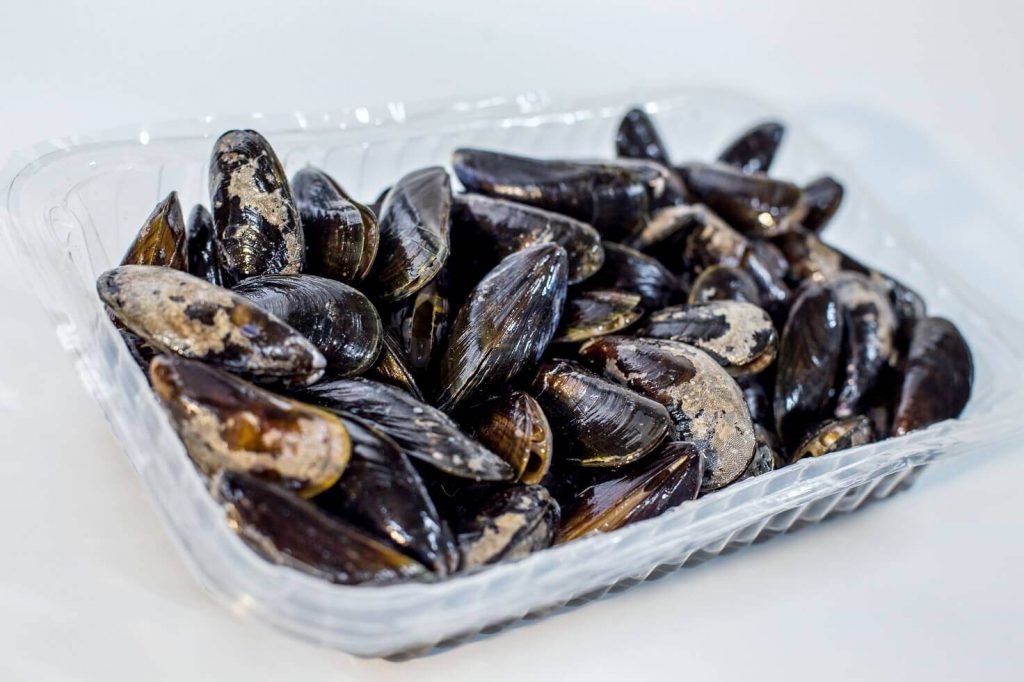
Eating mussels is a perfect mix of delicious and healthy. Mussels contain a great deal of protein and very little fat, and are also rich in minerals, calcium, phosphor and vitamins. The fat in the mussel is polyunsaturated, which means that eating mussels will not increase your cholesterol levels.
Mussels also have a high level of iodine and contain selenium, copper and iron. The regular consumption of mussels makes a positive contribution to healthy nutrition.
OYSTERS
Oysters from Zeeland are known for their quality and robustness. These oysters are bred from three to six years before they are large enough to be harvested. After the oysters have been caught the best ones are removed from the others and are immediately processed to keep them fresh. The first 24 hours after harvest is the depuration phase.
Special methods are used to cultivate the oysters so that the shape of the shell remains nicely round. The result is that the oysters invest their growth in the meat instead of the shell.
OYSTERS
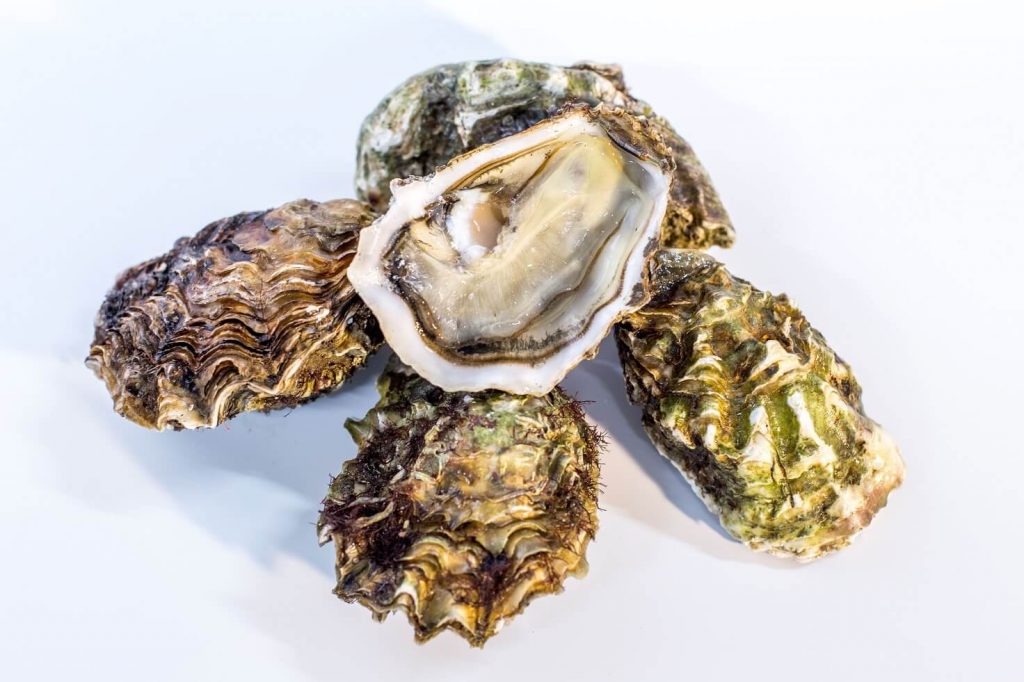
Oysters from Zeeland are known for their quality and robustness. These oysters are bred from three to six years before they are large enough to be harvested. After the oysters have been caught the best ones are removed from the others and are immediately processed to keep them fresh. The first 24 hours after harvest is the depuration phase.
Special methods are used to cultivate the oysters so that the shape of the shell remains nicely round. The result is that the oysters invest their growth in the meat instead of the shell.
RAZOR CLAMS
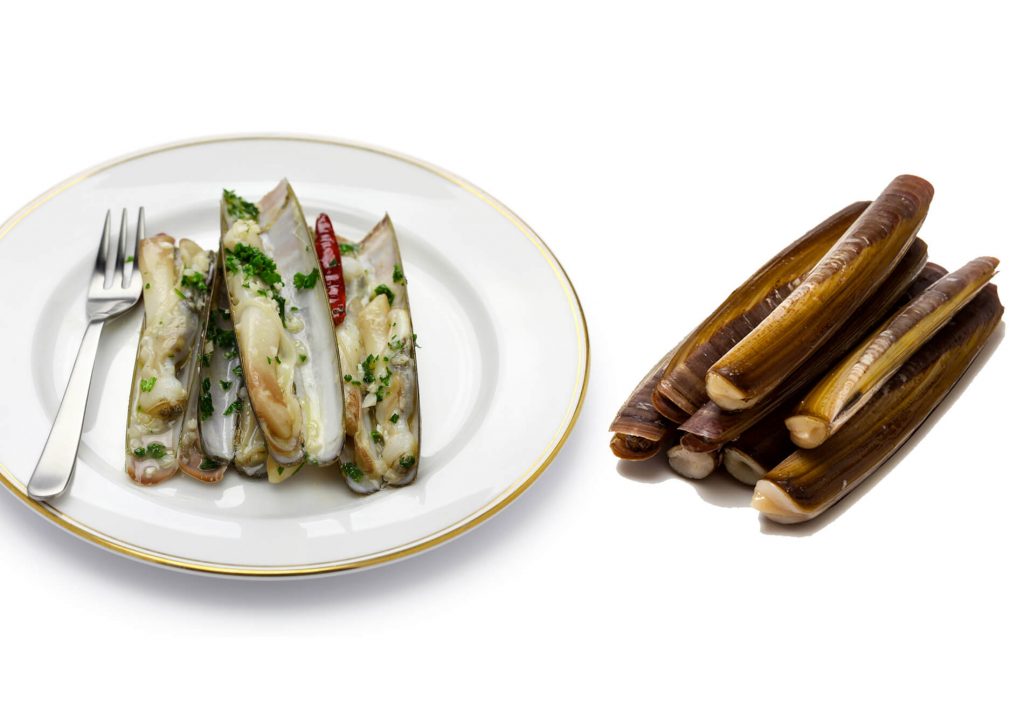
Razor clams are strange creatures. Technically bivalves like regular clams and mussels, their fine white flesh resembles squid more than some of its closer relatives. They live burrowed in the sand on sheltered beaches, and at low tide you may be able to spot the ‘keyhole’ openings to their burrows
The classic method for cooking razor clams is by steaming them in a flavoured liquid, perhaps with a splash of wine and some sweated onions and garlic, though there are all kinds of methods that flatter their sweet, delicate meat. Don’t forget to remove the ‘foot’ of the clam before eating, and to cut out the central dark intestinal tract, leaving only the firm white clam meat. Make sure you don’t overcook the clams, as they can become tough quite quickly.

